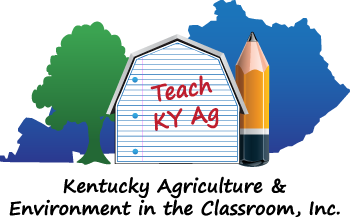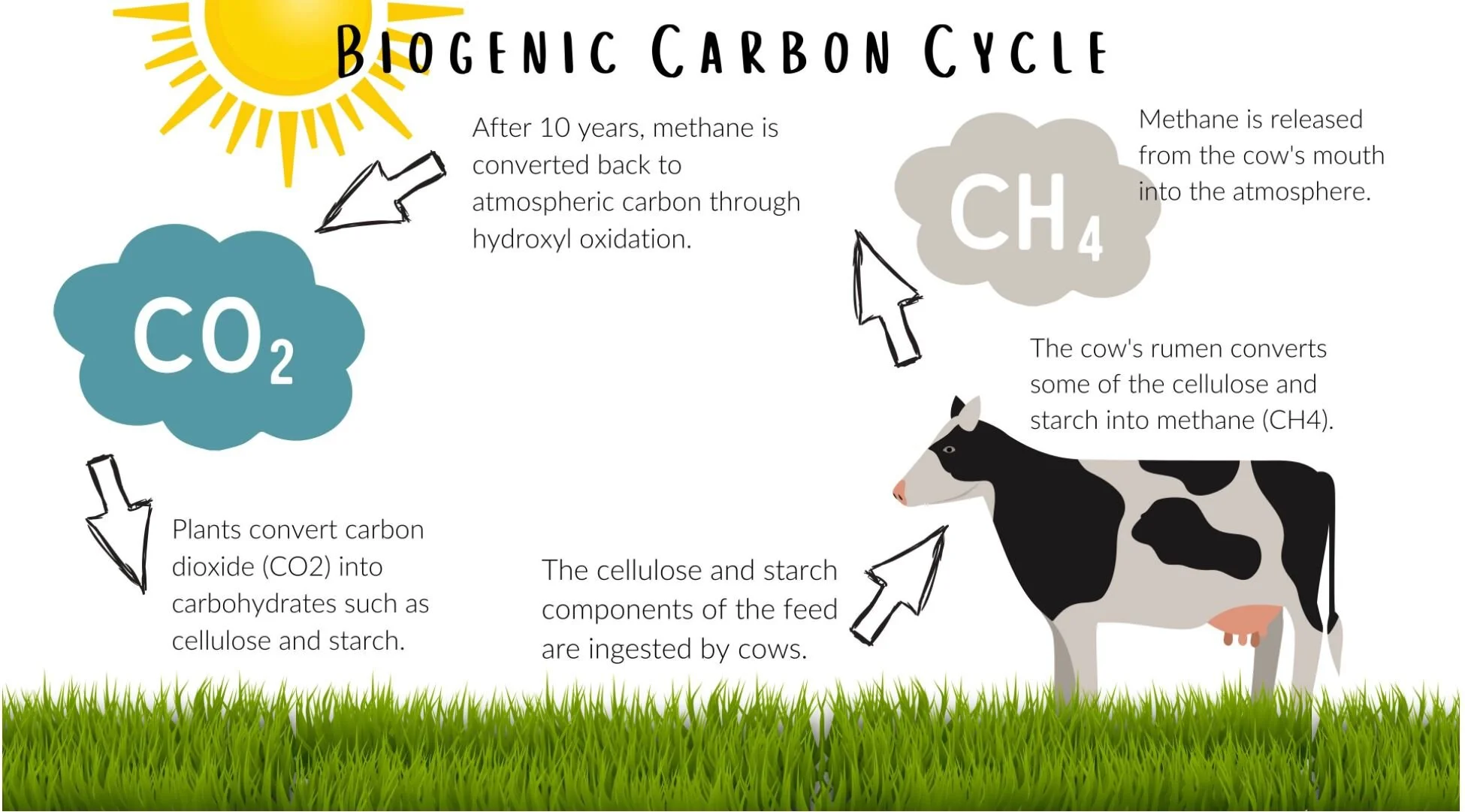Students will explore the carbon cycle and evaluate the carbon footprint of cattle. Using critical thinking skills, students will use the Claim, Evidence, and Reasoning model to determine the effect of cows’ methane production on the environment and investigate the extent cattle contribute to climate change.
Read MoreStudents will compare the components of beef and plant-based burgers by determining the production and processing methods of each product; evaluate the ingredients and nutritional differences between beef and plant-based products; and discuss different points of view in the agricultural industry concerning plant-based proteins and traditional beef.
Read MoreStudents will evaluate the USDA grading system for whole cuts of beef and discuss consumer preferences and nutritional differences between grain-finished and grass-finished beef. Students will also distinguish various labels on beef products and discuss reasons for the government’s involvement in agricultural production, processing and distribution of food.
Read MoreEthanol is a common alcohol made by fermenting the sugar and starch components of renewable plant materials by using yeast. Humans discovered ethanol not long after they figured out how to put fire to good use.
Read MoreFind lessons, fact sheets, and resources for grades K-12 on biofuels, renewable fuels, ethanol, and biodiesel.
Read MoreBiodiesel is a renewable, clean-burning diesel replacement made from a diverse mix of feedstocks including recycled cooking oil, plant oils (primarily soybean oil), and animal fats.
Read MoreFind several resources and activities that will help intermediate and secondary students understand the wide range of options for jobs in agriculture and food manufacturing. We have included several profiles of real professionals working in Kentucky.
Read MoreMiddle School Financial Literacy - Influences and Consumer Decisions
Read MoreGrades: 4-5 Social Studies, MS/HS Enrichment - Students will learn how topographic, geologic, and natural resource availability affect agriculture production in the Commonwealth.
Read MoreSecondary: This lesson uses a real-world scenario of designing a garden with the hopes of selling the produce it generates. Version here is developed for secondary students and could be paired with lessons on economics, plant science, meal planning, and business planning/financial literacy.
Read MoreStudents will learn about the cycle of water—the important processes of accumulation, evaporation, condensation, and precipitation, and what causes water to move throughout the earth and its atmosphere.
Read MoreSustainability is a hot topic these days, especially when it relates to agriculture. We hope the following resources will help students understand all aspects of sustainability, and the measures the Kentucky agriculture community is taking to ensure our natural resources are cared for today and tomorrow.
Read MoreGRADES 6"+ - Students will 1) Identify the various parts of the water cycle, 2) Identify and explain how groundwater is created, 3) Design and construct an earth system model that will create groundwater.
Read MoreWe have had several requests to provide a list of resources to help students navigate both sides of this controversial issue. Since we believe it is fairly easy to find anti-GMO articles and videos, this page provides sources we feel provide a balanced approach to discussing the issue.
Read MoreGrades 6+: Kentucky Food and Farm Files includes 100+ feature articles and profiles about subjects within Kentucky's vast agriculture community. A list of Common Core reading comprehension questions are available to use with all content, and some articles are printable with specific questions. This is an excellent resource for research or reading activities when you have a sub.
Read More















